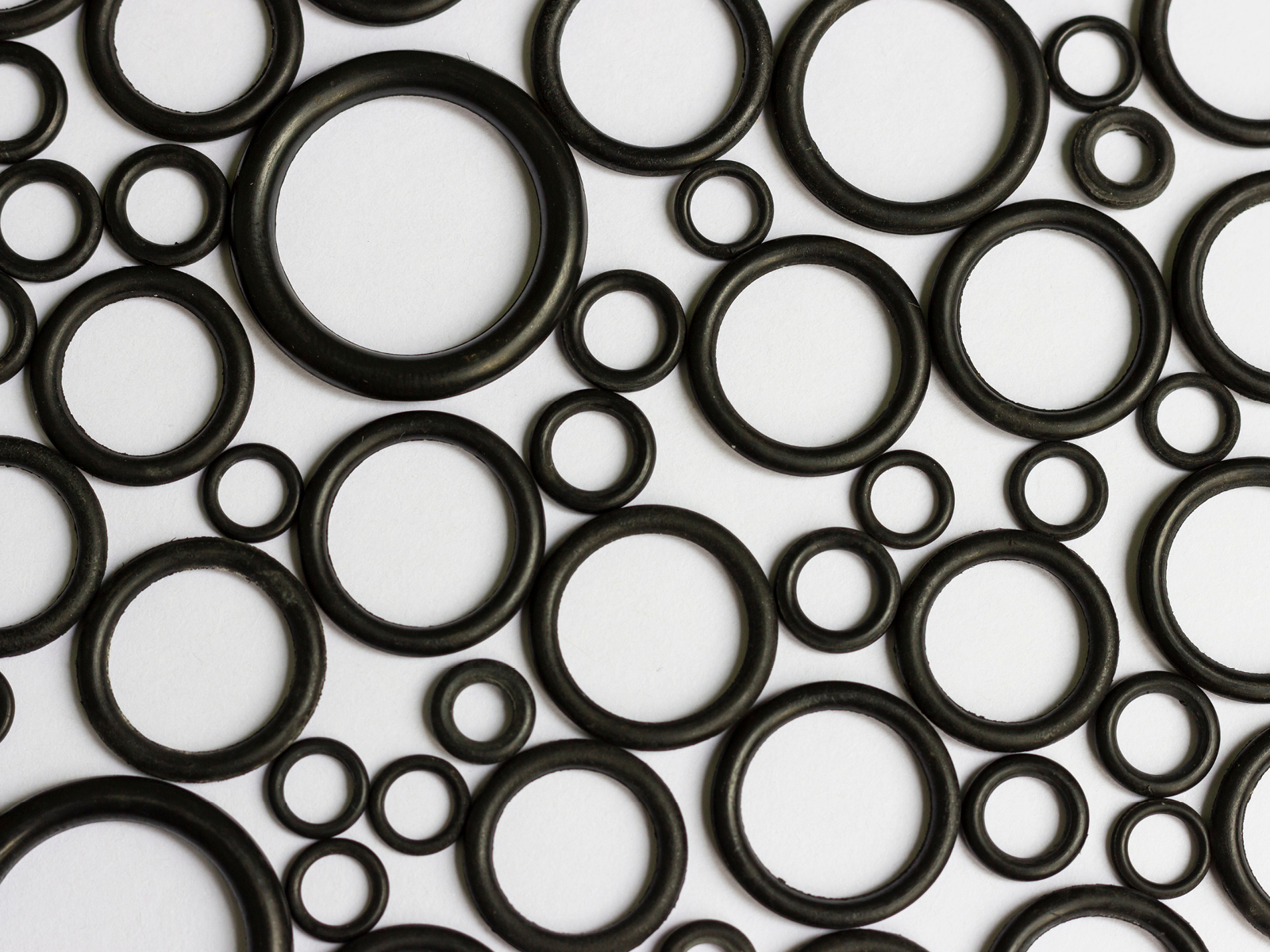How Tight Tolerances Solve Tough Sealing Problems
“Close enough” doesn’t cut it in sealing applications where performance and reliability are critical. When seals fail, often the issue is not the material or the environment but the fit. That comes down to tolerances.
O-ring tolerances control how much a part can vary in size while still sealing effectively. They influence compression, fit, and long-term performance. Understanding what they are, why they matter, how to improve them, and which standards apply is key to designing a seal that holds up under pressure.
What Are O-Ring Tolerances?
In sealing applications, small dimensional variations can lead to big consequences. O-ring tolerances refer to the acceptable range of variation in an o-ring’s inner diameter (ID) and cross-sectional thickness (CS). These tolerances account for the natural inconsistencies that occur during molding, curing, and post-processing, especially in materials like rubber and thermoplastics.
These variations might seem minor—fractions of a millimeter—but sealing performance depends on the right amount of compression. If the o-ring is undersized, it may not fill the groove and won’t compress enough to seal. If it’s oversized, it can overfill the gland, leading to extrusion or damage. Either way, you’re looking at premature failure, leaks, or equipment downtime.
That’s why tolerance standards exist. Specifications like AS568 and ISO 3601 define acceptable dimensional ranges across hundreds of o-ring sizes. These standards are essential for consistency in manufacturing, especially for general-purpose or static sealing. However, they don’t always meet the requirements for high-performance environments. Medical devices, aerospace systems, and dynamic seals often demand tighter, application-specific tolerances that go beyond what’s covered in standard charts.
One common mistake is relying too heavily on standard tolerances without considering how the o-ring interacts with the groove or gland in which it sits. For example, a design that doesn’t account for the groove width and depth in combination with the o-ring’s hardness and material behavior can lead to sealing issues, even if the o-ring is technically within specifications.
Material choice also affects tolerance control. Some elastomers shrink more during curing, while others expand under heat or absorb chemicals. These behaviors impact the final size and performance of the o-ring. Understanding how a material behaves in context is key to ensuring the seal works in practice, not just on paper.
In short, o-ring tolerances are not just a manufacturing detail but a fundamental part of seal design. Getting them right requires more than pulling a size from a catalog. It means considering the full picture: groove geometry, operating conditions, material behavior, and how it all comes together in your application.
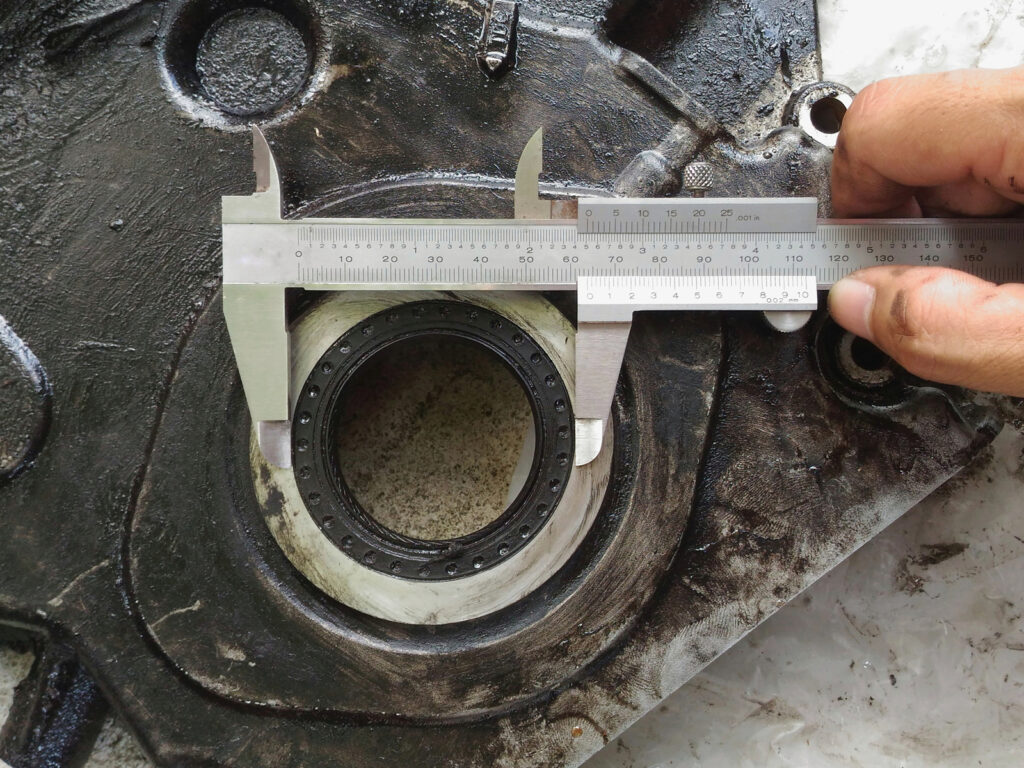
Why Getting O-Ring Tolerances Right Matters
Most seal failures don’t come from a dramatic material breakdown or a missed pressure rating. They usually start with something small: the o-ring didn’t quite fit right. Maybe it was a little too loose in the groove, or a little too tight. In either case, it didn’t compress the way it needed to, and the seal failed. That’s why tolerances matter. They’re the difference between a seal that works and one that doesn’t.
Tolerances that are too loose or not suited to the application can cause several issues. An undersized o-ring may never compress enough to form a seal, while an oversized one can overfill the groove, increasing the risk of extrusion or tearing. These failures often appear as leaks, premature wear, or complete breakdowns in sealing performance.
Many engineers rely on standard o-ring sizes and assume they’ll work across multiple applications. In some cases, that’s true. But in systems where vibration, pressure cycling, or temperature extremes come into play, relying on default tolerances can cause trouble. This is especially true in aerospace, medical, and semiconductor applications, where minor inconsistencies lead to costly consequences.
Tight tolerances give design teams more control over how the seal behaves under real-world conditions. That control often becomes the difference between a part that works on paper and one that works in practice. But it’s not just about tighter numbers. Effective sealing depends on how all the elements come together: groove geometry, o-ring hardness, material behavior, and operating conditions.
Most seal failures aren’t caused by a single issue. They happen when multiple design elements—such as size, material, and groove fit—aren’t aligned. That’s why it helps to work with a sealing partner who can look at the entire picture. At Marco, we help engineers move beyond the catalog by reviewing all the variables that affect seal performance. With the right guidance, a well-matched tolerance can be the finishing detail that prevents a major design problem.
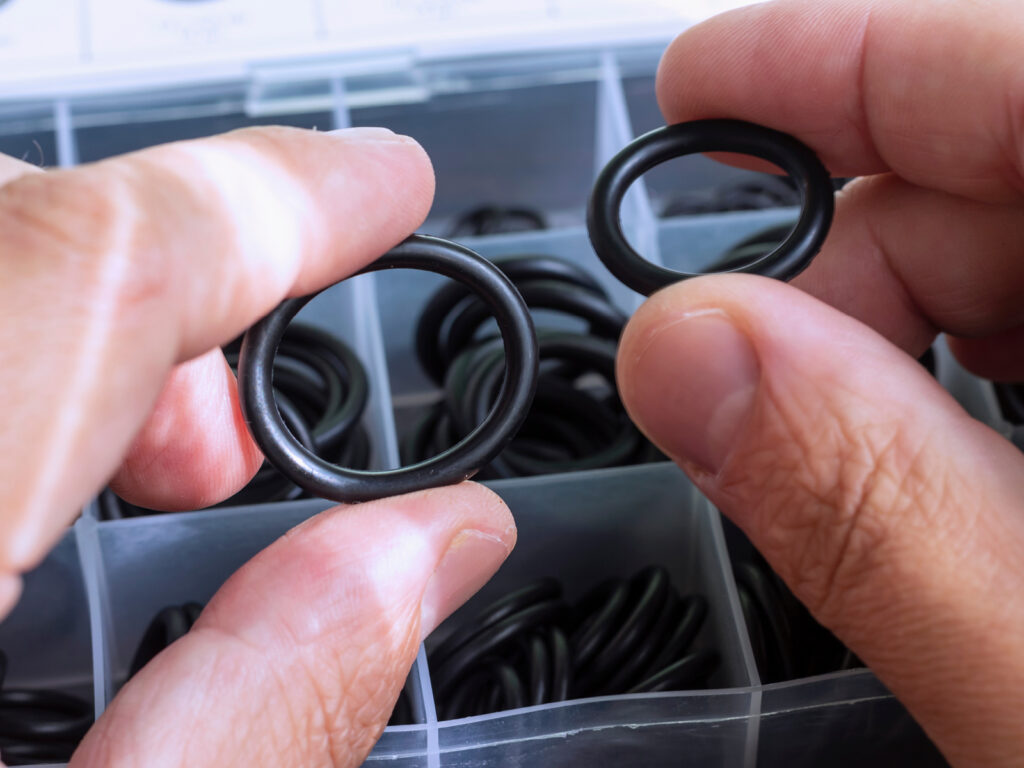
Ways to Improve Tolerance Control
Getting tolerances right is about more than just the dimensions of the o-ring. It depends on how the material, manufacturing process, and part design work together. Each factor influences how consistent and reliable the final seal will be.
Material Selection
Not all elastomers behave the same way during molding. Some shrink more. Others cure less evenly. Even different grades of the same compound can vary. A general-purpose FKM will not perform like a high-purity, peroxide-cured version. And once the seal is in the field, things like heat, pressure, and chemical exposure can alter its shape. If the material changes under real conditions, so do its tolerances.
Manufacturing Method
The process used to make the seal plays a major role in how tight the tolerances can be. Compression molding is common and cost effective, but it doesn’t always deliver the consistency required in critical applications. Injection molding offers better control, and machining can achieve the most precise results. For certain thermoplastics like PTFE, machining is often the best choice when high precision is needed. In situations where a customer needs something more exact than standard options, we might build a one-cavity prototype mold to test and validate fit before scaling up.
Tooling Quality
Precision starts with the mold. High-quality tooling produces more consistent parts and allows us to hold tighter tolerances. For projects with unusual groove designs or demanding environments, we often build custom tooling to deliver parts that exceed standard tolerance limits.
Post-Processing and Inspection
Even with a good mold, post-processing makes a difference. Deflashing, trimming, grinding, and visual inspection all help bring parts within spec and ensure surface quality. These steps are especially important when tolerances are tight and the margin for error is small.
Gland Design
Designing the groove—often called the gland—is just as important as selecting the o-ring itself. The groove’s width, depth, and inside diameter must align with the o-ring’s dimensions. Since o-rings are round, the cross-section always seats against the groove’s outer diameter. Different applications require different gland profiles. A face seal, a dynamic shaft seal, and a dovetail groove all demand unique design considerations. The hardness of the material also comes into play, since that affects how the seal compresses and responds under load.
Pulling It All Together
Good tolerance results from thoughtful choices across material, process, and design. When those pieces align, the seal performs the way it should: reliably, repeatedly, and without surprises.
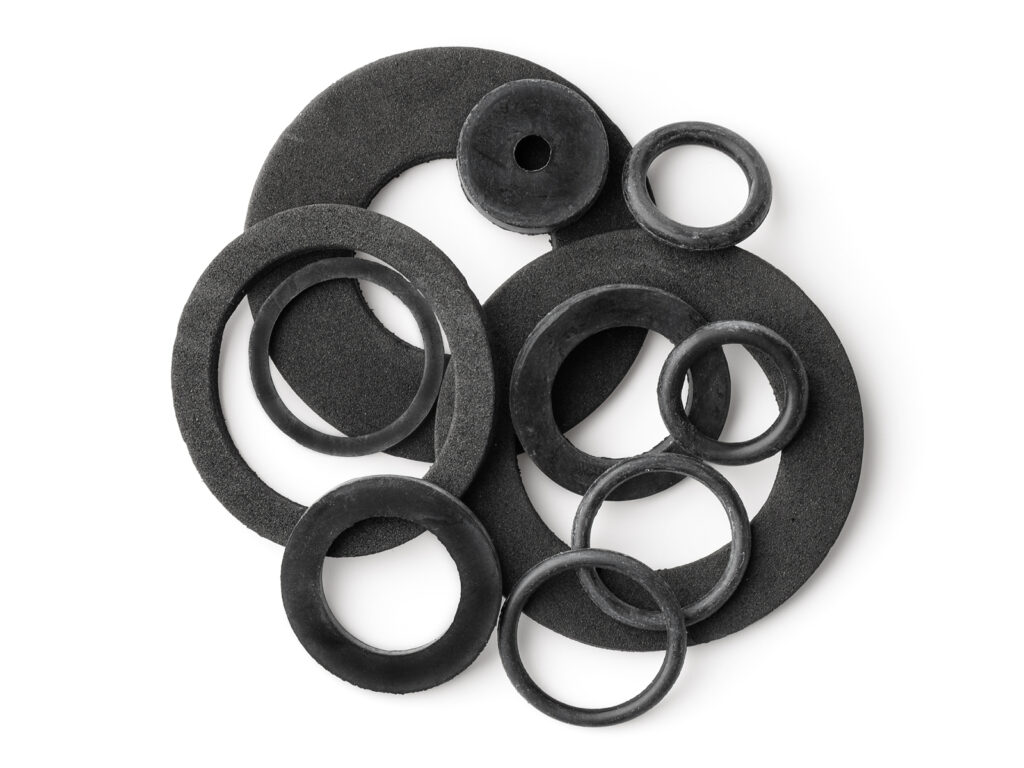
Key Tolerance Standards to Know
O-ring tolerances are guided by widely recognized standards that promote consistency in design and manufacturing. Two of the most referenced sources are AS568 and ISO 3601. While both standards define dimensional tolerances, they also serve as size-reference systems. AS568 was developed originally for aerospace use but has since been widely adopted across industries in the United States. It defines a standardized set of inch-based o-ring sizes along with their associated tolerances. ISO 3601, the international counterpart, covers both inch and metric sizes and includes more flexible tolerance classifications to suit a wider range of applications.
Japan also uses its own sizing system, JIS, which outlines standard o-ring dimensions but does not include tolerance classifications. When working with Japanese-manufactured equipment or components, understanding JIS sizing can be important, but for tolerance-related decisions, ISO or AS568 should be the primary references.
Within ISO 3601, tolerance control is broken into three classes: Class A, Class B, and Class C. Class A offers the tightest dimensional tolerances and closely aligns with the tolerances defined in AS568. These are typically chosen for dynamic seals or in industries where dimensional precision is directly tied to performance. Class B and Class C allow for more dimensional variation and are often used in static seals or face seals, where the o-ring is simply compressed between two surfaces and sealing performance relies more on squeeze than exact fit.
Deciding between these classes depends on the demands of the application. For low-pressure static environments, Class B or C may be perfectly adequate. But tighter control is usually necessary in systems involving vibration, cycling pressure, or extreme temperatures. If standard tolerances still aren’t tight enough, custom tooling and inspection methods can be used to produce o-rings with tolerances even more precise than ISO Class A or AS568 standards. This level of customization does increase cost and complexity, but it can also prevent downstream failures and support more reliable, longer-term performance.
It’s also important to consider how these standards relate to groove design. Tolerance class impacts how the o-ring fills the groove and how it compresses under load. An o-ring with a tighter tolerance in a groove designed for a loose-fitting seal may cause unexpected issues. Matching the groove geometry and the tolerance class is key to achieving the right amount of squeeze without risking over-compression or under-filling the cavity. Getting that balance right is one of the most important steps in designing a seal that works under real-world conditions.
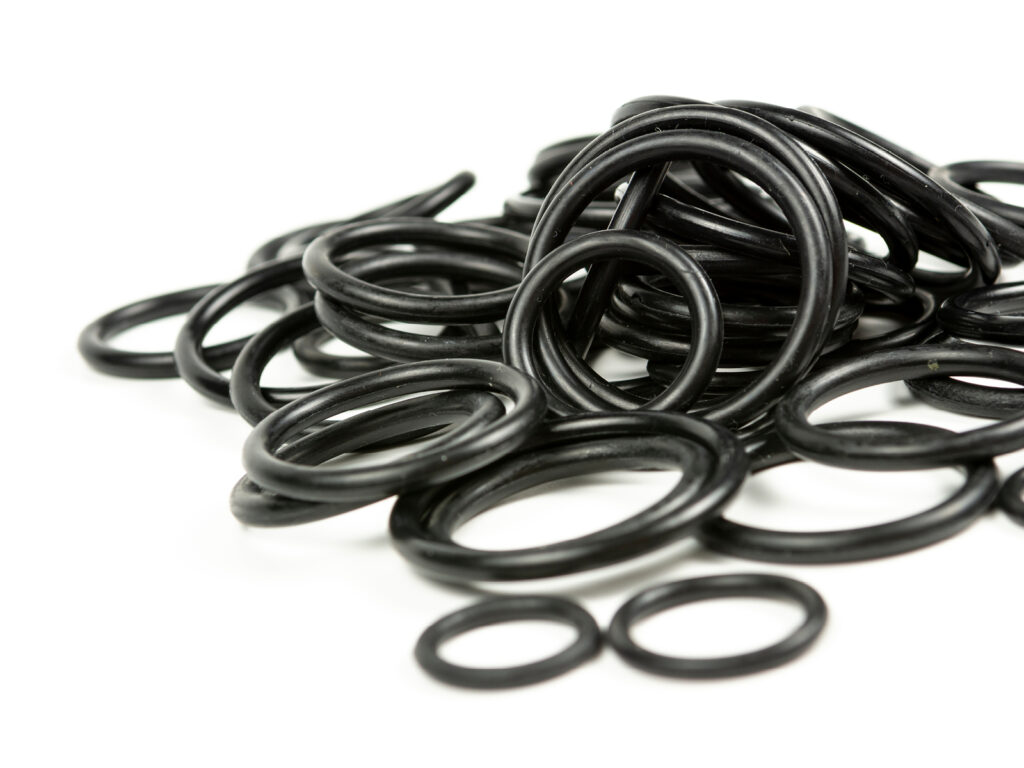
Precision Pays Off
Getting o-ring tolerances right leads to better performance, longer life, and fewer failures. When the fit is dialed in, the seal does exactly what it should. It just works.
Standard parts work in many situations, but some applications demand more. A custom o-ring with tighter tolerances can be the difference between a seal that holds and one that doesn’t.
If you’re designing for a critical application or just want to avoid common sealing issues, start with the right dimensions. Check out our free complete Tolerance Guides to see what’s possible.
